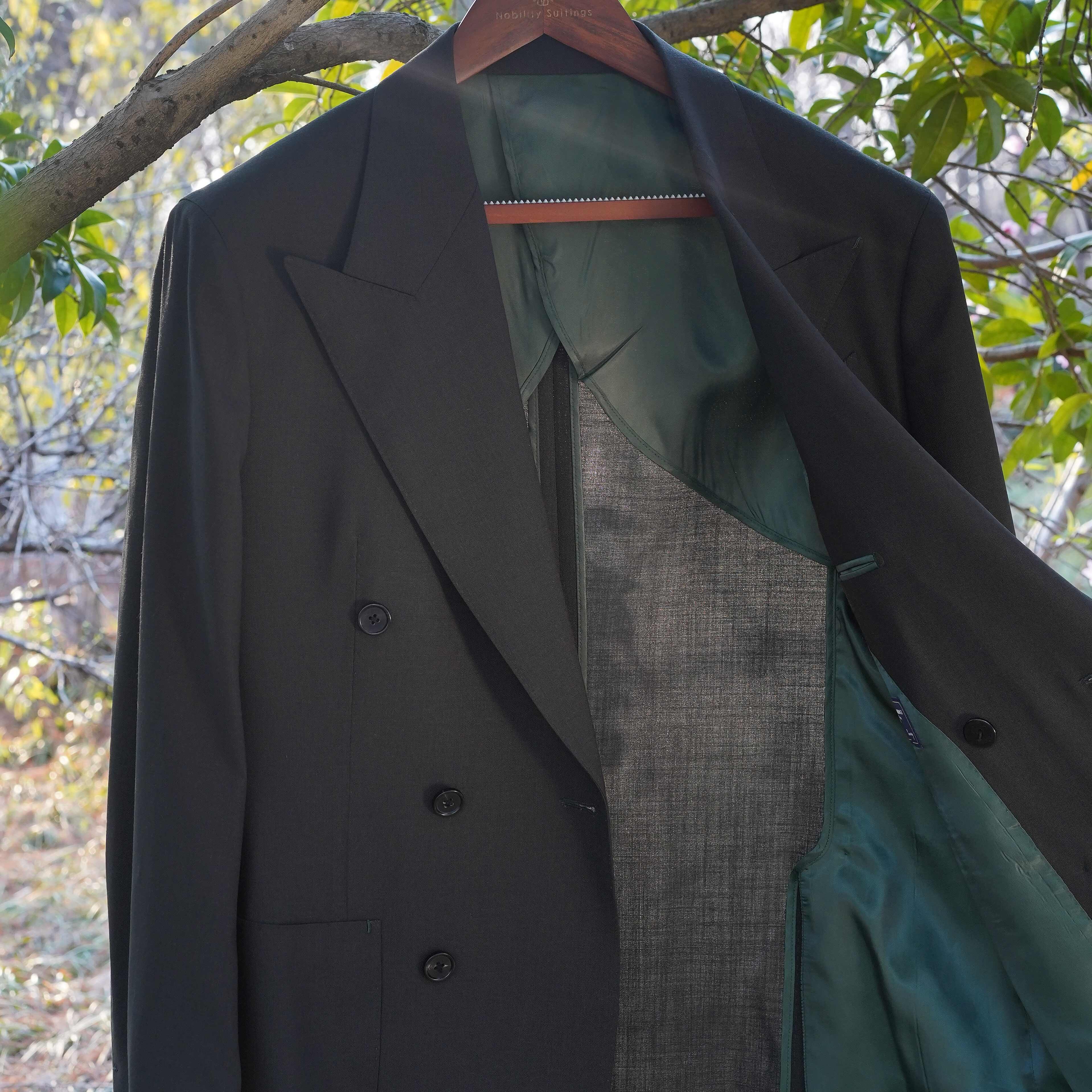The Natural Excellence of Pure Wool in Modern Textiles
The textile industry has witnessed remarkable evolution over decades, yet pure wool continues to stand out as nature's premier fiber. While synthetic alternatives have flooded the market with promises of affordability and convenience, pure wool maintains its reputation for unmatched quality and performance. This comprehensive exploration will delve into the distinctive characteristics that set pure wool apart from its synthetic counterparts, examining everything from comfort and durability to environmental impact.
Understanding Fiber Composition and Structure
The Unique Architecture of Pure Wool Fibers
Pure wool possesses a complex molecular structure that synthetic materials simply cannot replicate. Each wool fiber consists of overlapping scales called cuticles, surrounding an intricate network of protein molecules. This natural architecture creates countless microscopic air pockets, contributing to wool's exceptional insulating properties. The fiber's core contains proteins called keratins, arranged in a helical structure that provides both strength and flexibility.
Synthetic Fiber Construction and Limitations
Synthetic fibers, typically made from petroleum-based polymers, feature a uniform and simplified structure. While manufacturers can control fiber thickness and length during production, they cannot replicate wool's natural complexity. The artificial nature of these fibers often results in reduced breathability and moisture management capabilities, despite advances in manufacturing technology.
Performance Characteristics and Comfort Features
Temperature Regulation and Moisture Management
One of pure wool's most remarkable attributes is its ability to regulate temperature in varying conditions. The natural crimp and structure of wool fibers create air pockets that trap warmth when needed while allowing excess heat to escape. Additionally, pure wool can absorb up to 30% of its weight in moisture without feeling wet, wicking away perspiration from the skin and releasing it into the air through evaporation.
Durability and Resilience
Pure wool demonstrates exceptional resilience, capable of bending up to 20,000 times without breaking. This natural elasticity allows wool garments to maintain their shape and resist wrinkles far better than synthetic alternatives. While synthetic fibers might initially appear more durable due to their uniform structure, they often suffer from reduced elasticity over time and can become permanently misshapen.
Environmental Impact and Sustainability
Biodegradability and Eco-friendly Properties
As a natural protein fiber, pure wool biodegrades completely when disposed of, returning valuable nutrients to the soil. This process typically takes 6-12 months in proper conditions, whereas synthetic fibers can persist in the environment for hundreds of years. Moreover, wool's biodegradation doesn't release harmful microplastics into ecosystems, a significant concern with synthetic textiles.
Production and Resource Consumption
The production of pure wool requires significantly less energy compared to synthetic fiber manufacturing. Sheep naturally produce new fleece each year, consuming grass and water while contributing to natural ecosystem cycles. In contrast, synthetic fiber production demands substantial petroleum resources and energy-intensive processes, contributing to greater environmental impact.

Care and Maintenance Considerations
Natural Self-Cleaning Properties
Pure wool possesses inherent self-cleaning properties thanks to its complex fiber structure. The exterior scales help resist dirt and stains, often allowing spots to be brushed away easily. Additionally, wool's natural antimicrobial properties resist odor-causing bacteria, requiring less frequent washing than synthetic alternatives.
Long-term Care Requirements
While pure wool may require more gentle cleaning methods, its durability often results in a longer lifespan than synthetic garments. Proper care of wool items typically involves gentle washing in cool water, avoiding harsh agitation, and air drying to maintain fiber integrity. Though synthetic fabrics might seem easier to care for initially, they often show wear more quickly and may require replacement sooner.
Cost Analysis and Value Proposition
Initial Investment Considerations
Pure wool products generally command higher prices than their synthetic counterparts due to natural production limitations and processing requirements. However, this higher initial investment often translates to better value over time. The superior durability, lasting appearance, and extended lifespan of wool items frequently offset the initial cost difference.
Long-term Economic Benefits
When considering the total cost of ownership, pure wool often proves more economical. Its natural resistance to wear, superior insulation properties, and reduced cleaning requirements contribute to lower maintenance costs. Additionally, wool garments typically retain their appearance and functionality longer, reducing the frequency of replacement purchases.
Frequently Asked Questions
How can I distinguish between pure wool and synthetic blends?
Pure wool can be identified through several characteristics: it has a slightly rough texture with visible fibers, produces a gentle warmth when rubbed, and demonstrates excellent recovery when crushed. A burn test can also help - pure wool will smell like burning hair and create a brittle ash, while synthetics melt and produce a plastic-like odor.
Does pure wool always cause itching?
Not necessarily. The perception of wool being itchy often comes from experiences with lower-quality or coarser wool fibers. Modern fine wool, particularly Merino wool, can be incredibly soft and comfortable against the skin. The fiber diameter determines the level of comfort, with finer fibers creating smoother, non-irritating fabrics.
Is pure wool worth the higher price point?
While pure wool products typically cost more initially, they often provide better value over time through superior durability, natural performance features, and reduced maintenance needs. The longevity and performance of wool garments, combined with their sustainable nature, generally justify the higher investment for quality-conscious consumers.

